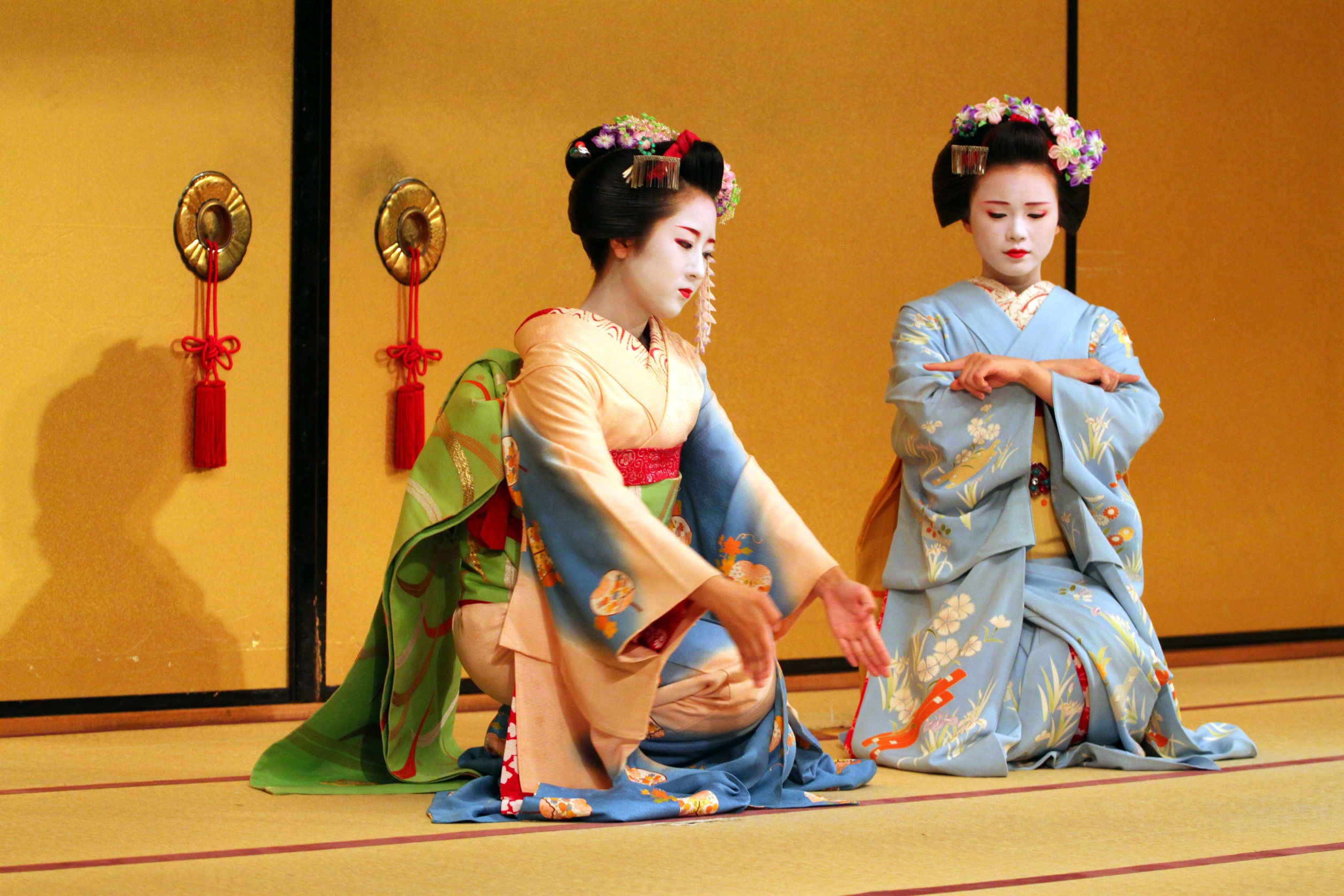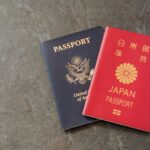What is a maiko in Japan?

What is a maiko in Japan?
Young apprentices of Gaisha in Kyoto
A maiko is a girl whose job is to provide entertainment for banquets through dance, musical accompaniment and conversation in Kyoto’s hanamachi (leisure district). Maiko are apprentices in the training stage of becoming geiko (geisha).
A geisha or geiko is a woman who entertains guests at banquets by performing dances, songs, and music. Geisha attend the drinking table, perform various arts, and sometimes serve as ushers.
A maiko is aged between 15 and 20 and is trained as an apprentice of geiko for about five years, after which she can decide if she will become a geiko.
Literal meaning of Maiko is “a dancing girl”.
They are often considered one of the symbols of Kyoto’s traditional culture and attract many tourists from all over the world. Maiko are known for their stunning appearance, which includes a traditional hairstyle and makeup, as well as their elegant kimonos.
Origin of maiko and geiko
Maiko and geiko originated in the Edo period (1603-1867), about 300 years ago, when tea was served to visitors of shrines and temples in Kyoto and to travelers at roadside tea houses as a business. Such roadside tea houses initially served tea and dango (dumplings). Eventually, sake and food were added, and the women who worked there began to perform shamisen and dance in imitation of Kabuki plays. Even today, they are active under strict customs in the hanamachi districts centered on the Gion area in Kyoto. The maiko seen in Kyoto during the day are tourists dressed as maiko. It is rare for a professional maiko to walk outside the hanamachi during the day.
In the past, a child between the ages of 9 and 13 would go to the ozashiki (banquet) room to learn how to serve customers and then train in the performing arts to become a full-fledged geiko. Nowadays, according to the law, a child must graduate from junior high school before becoming a full-fledged geiko.
The main job of a maiko is to entertain guests at teahouses, ryotei (traditional Japanese-style restaurants), and ryokan (Japanese-style inns). Recently, maiko are often exposed on TV and other media, visit nursing homes and hospitals, and are dispatched overseas.
Visitors to Kyoto can have the opportunity to see maiko in the Gion district, where they can be seen walking to and from engagements, or at traditional Japanese restaurants where they entertain guests. Keep in mind, however, that it is considered rude to take photos of maiko without their permission, and it is also important to respect their privacy.
In recent years, the number of foreign tourists who touch, follow, or forcefully photograph maiko, also known as “maiko paparazzi,” has been increasing, and the local government and local residents have taken measures such as preparing and distributing leaflets and posting signs to warn tourists about such activities in various languages.
For visitors to Kyoto, the opportunity to see maiko in their traditional attire, and possibly interact with them, is an unforgettable experience. It’s a unique glimpse into a long-standing tradition and a glimpse of the traditional Japanese culture that continues to thrive in the city today.
Why are maiko’s faces painted white?
Since there was no electricity in the Edo period, candles were the only source of light. The amount of light emitted by candles was never strong enough. Therefore, people painted their faces “white” to make them look clearer and whiter in the dark, and to convey the shadows of their expressions.
Conclusion
Maiko in Kyoto is a rich cultural heritage that reflects the beauty and elegance of traditional Japan. The rigorous training, dedication, and discipline required to become a maiko is a testament to the importance of preserving traditional arts and customs in Japan. The opportunity to see Maiko, whether it be on the streets, in a traditional tea house, or performance, is not just an opportunity to see the beauty and elegance of their attire and make-up, but also to witness the hard work and dedication that goes into becoming a true geisha.
- Maiko cannot wash their hair for a week after getting their Japanese hair done. This is because there are not many hair stylists who can do Japanese hair and it takes time and money to do it.
When they sleep, they use a tall pillow called “Takamakura” and sleep on their side to avoid disrupting the hair style. - Maiko sleep in large rooms. The beds are bunk beds.
- In order to respect tradition and image, it is forbidden to go to convenience stores, fast food restaurants, movie theaters, karaoke rooms, etc.
Related topics:












